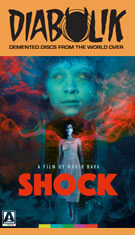

Color, 1977, 92 mins.31 secs. / 94 mins. 26 secs.
Directed by Mario Bava
Starring Daria Nicolodi, John Steiner, David Colin, Jr., Ivan Rassimov
Arrow Video (Blu-ray) (US/UK RA/RB HD), Anchor Bay (DVD) (US R0 NTSC) / WS (1.85:1) (16:9)


Color, 1977, 92 mins.31 secs. / 94 mins. 26 secs.
Directed by Mario Bava
Starring Daria Nicolodi, John Steiner, David Colin, Jr., Ivan Rassimov
Arrow Video (Blu-ray) (US/UK RA/RB HD), Anchor Bay (DVD) (US R0 NTSC) / WS (1.85:1) (16:9)
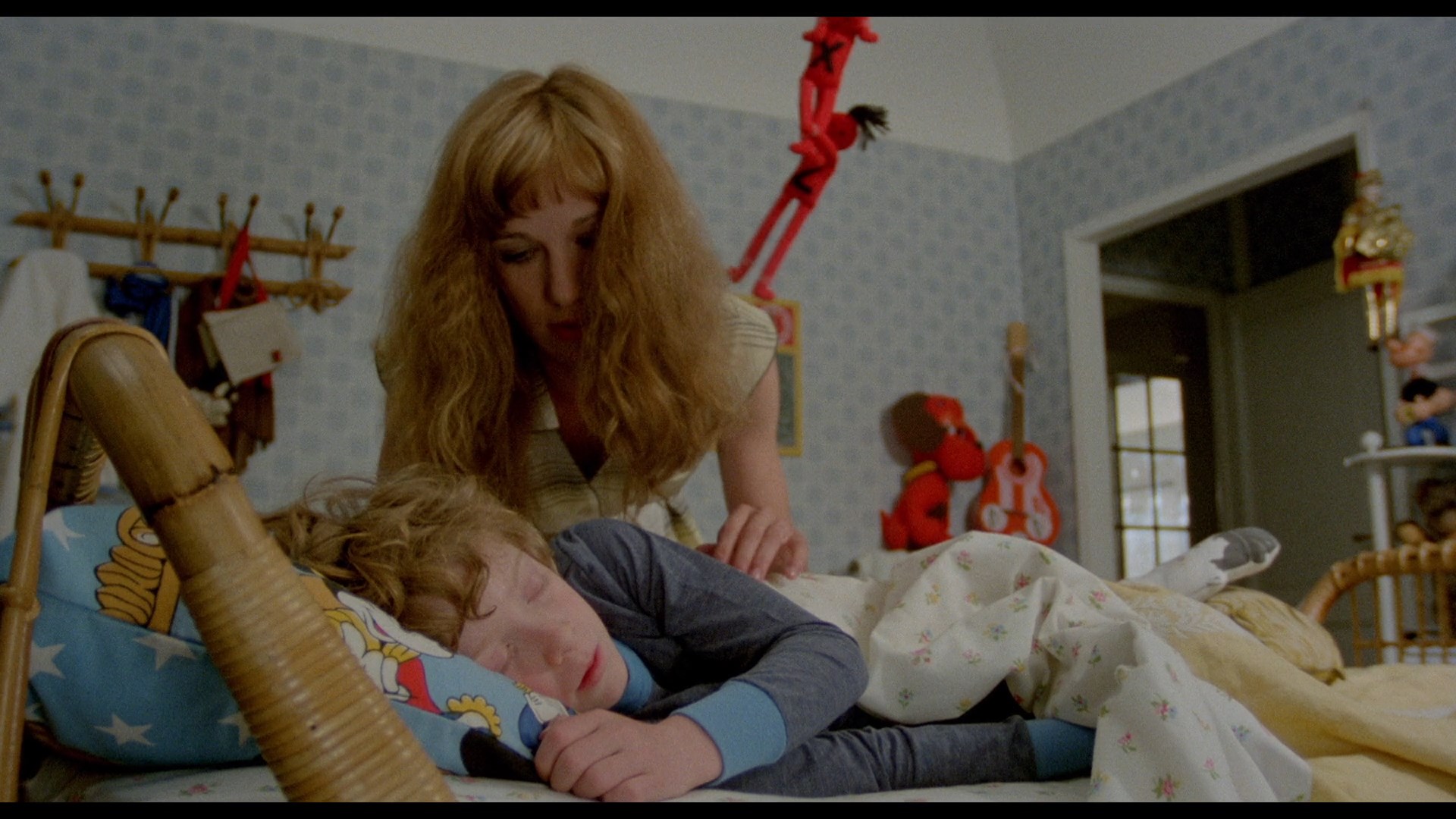 gorier, Black Sunday may be more influential,
gorier, Black Sunday may be more influential, 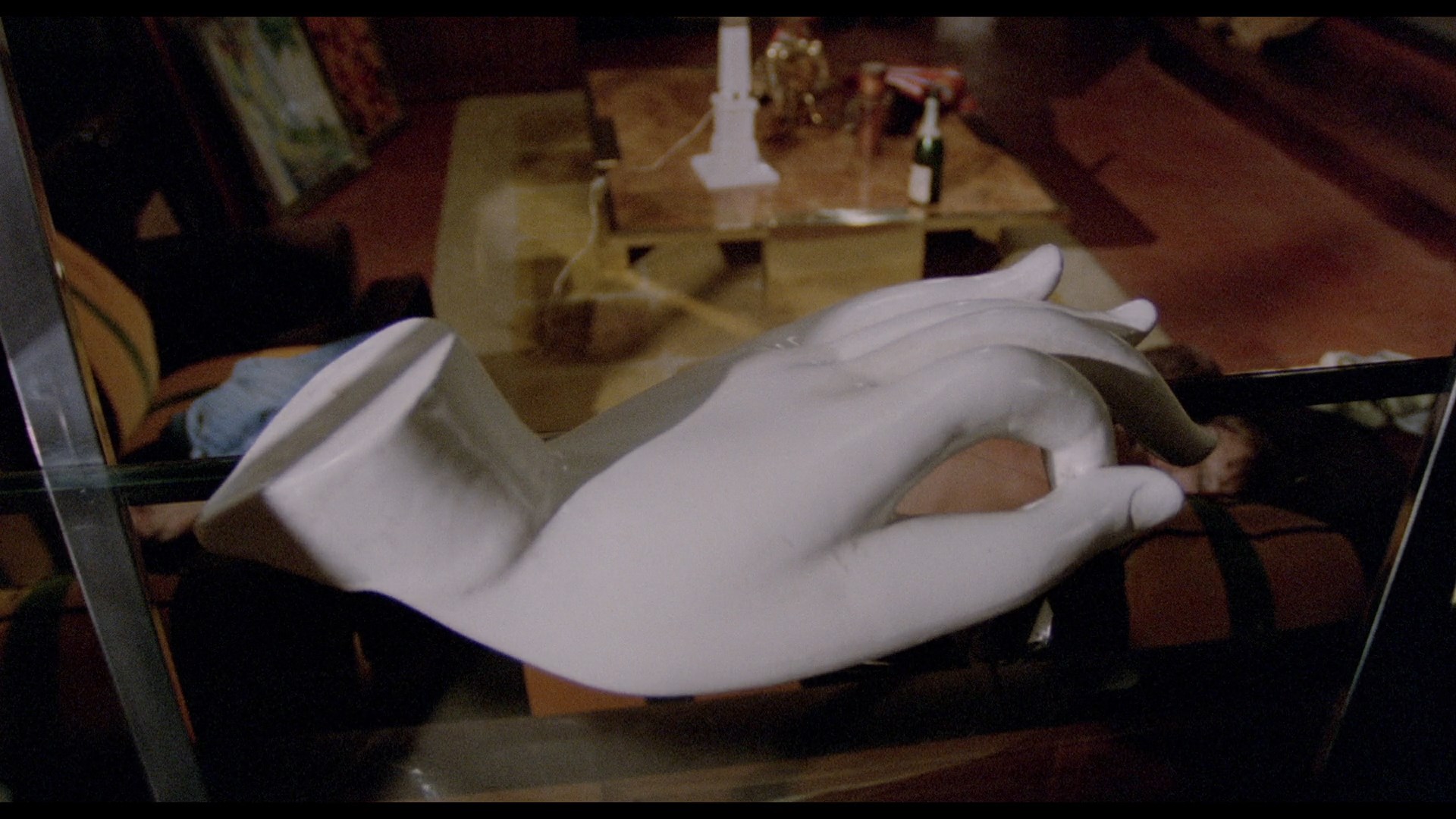 and Blood and Black Lace may be more beautiful, but Mario Bava never made a more purely frightening film than Shock. A claustrophobic gut punch that drags the viewer straight down into the mind of a woman going mad, the film features a few bloody concessions to the '70s horror market but also remains a beautifully crafted, psychologically devastating little chamber piece, not to mention a strangely appropriate final feature for the maestro.
and Blood and Black Lace may be more beautiful, but Mario Bava never made a more purely frightening film than Shock. A claustrophobic gut punch that drags the viewer straight down into the mind of a woman going mad, the film features a few bloody concessions to the '70s horror market but also remains a beautifully crafted, psychologically devastating little chamber piece, not to mention a strangely appropriate final feature for the maestro.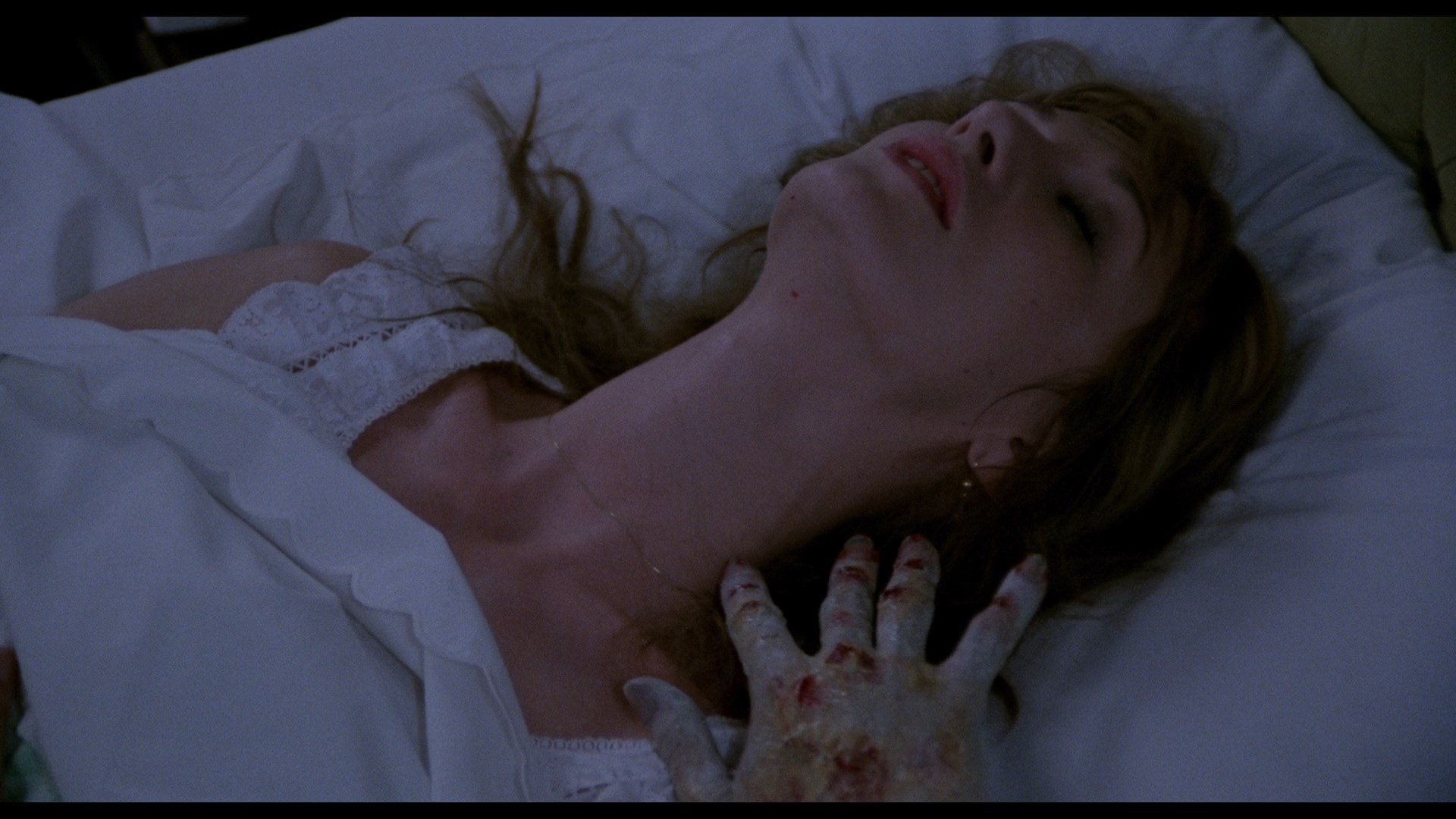 husband number one, a sleazy drug addict. Soon Marco's
husband number one, a sleazy drug addict. Soon Marco's 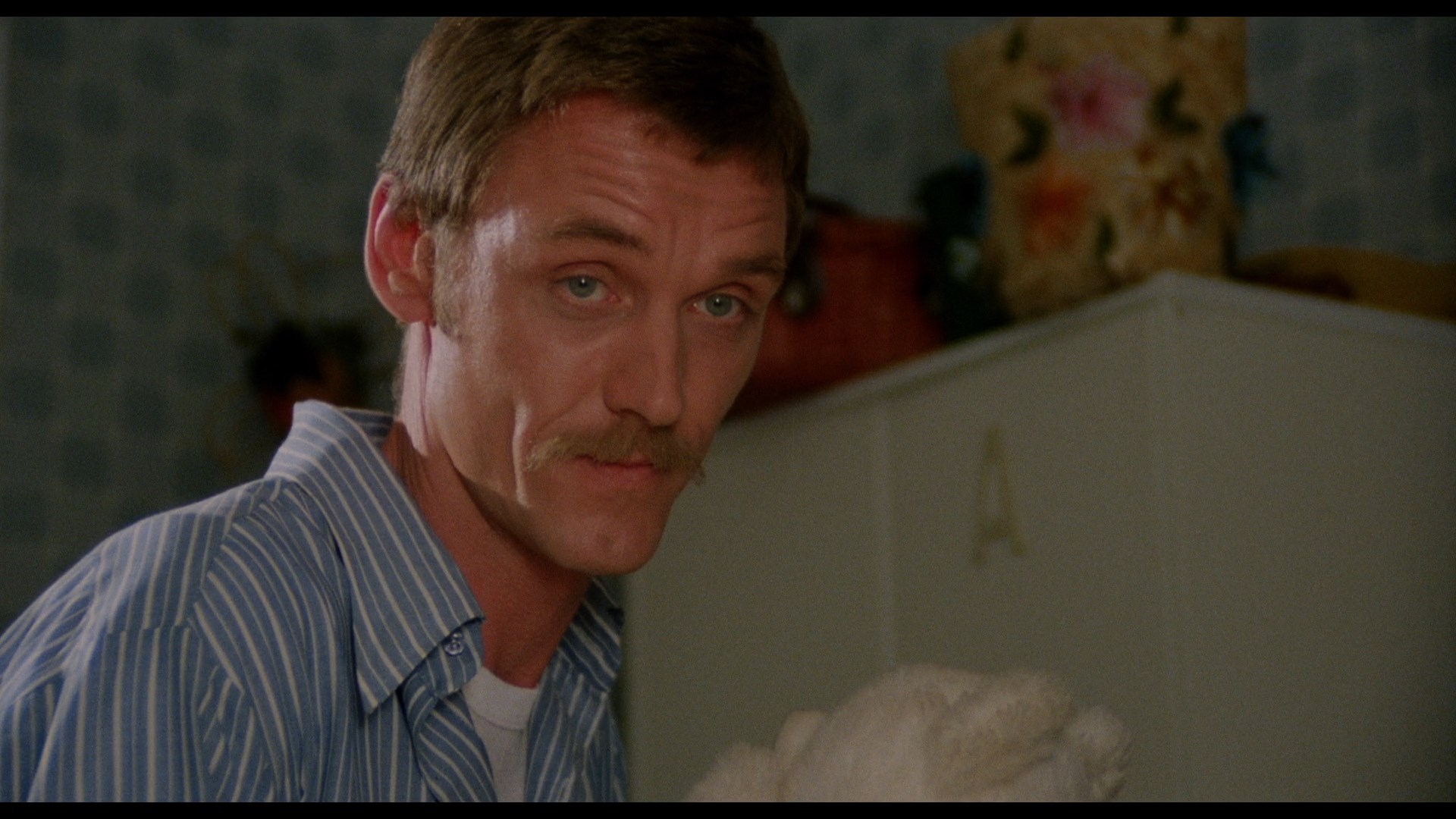 slicing up his mother's underwear and doing nasty tricks with razor blades, while Dora experiences horrific visions of clutching hands from beyond the grave.
slicing up his mother's underwear and doing nasty tricks with razor blades, while Dora experiences horrific visions of clutching hands from beyond the grave. than a few late night TV viewers and been ripped off more than once in recent years. The free-form prog
than a few late night TV viewers and been ripped off more than once in recent years. The free-form prog 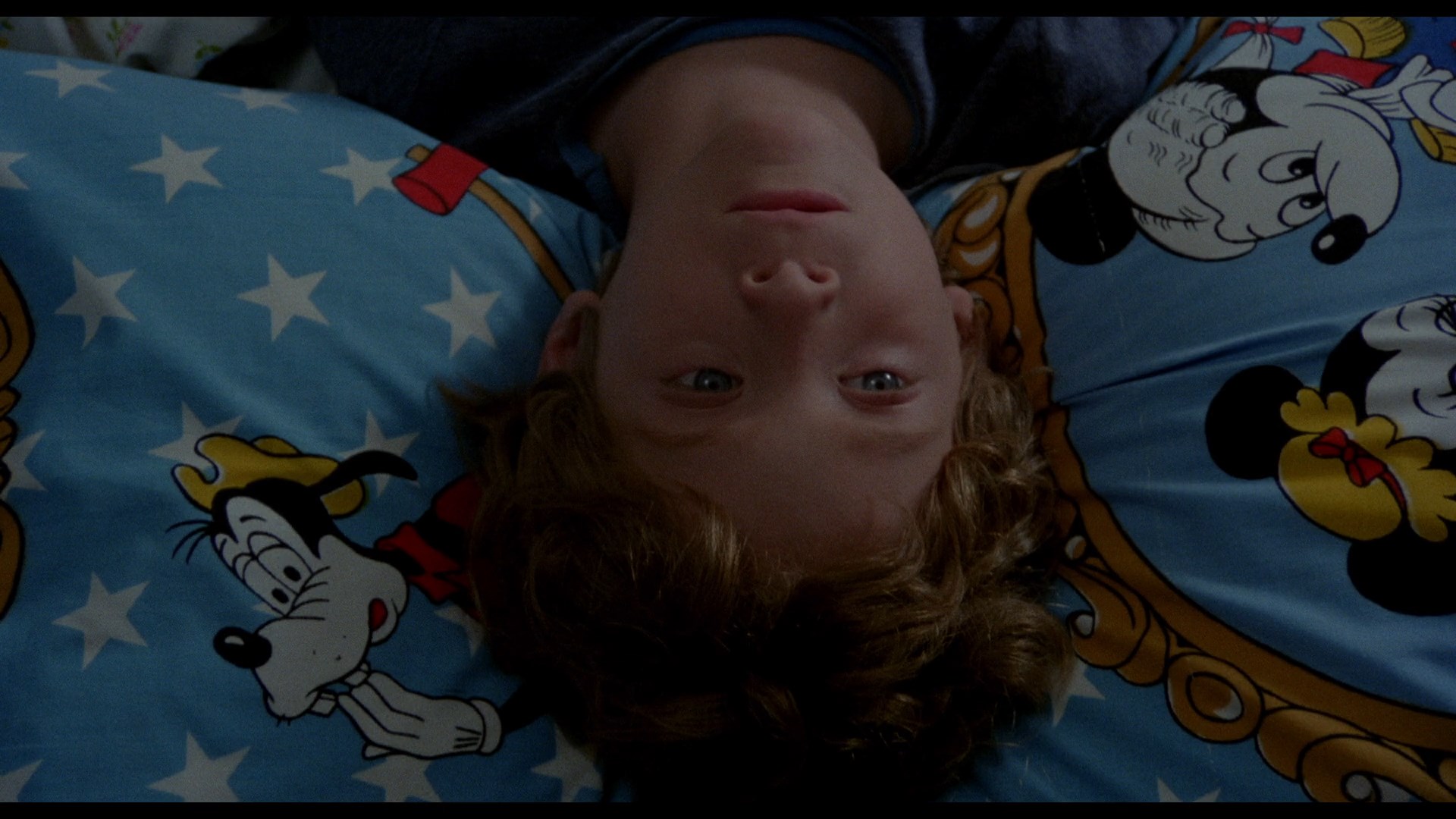 rock score by I Libra (consisting of two Goblin members but, contrary to Anchor Bay's liner notes, not Goblin themselves) strikes just the right balance between lyricism and oppression; the Deep Red-style main theme alone is a musical tour de force.
rock score by I Libra (consisting of two Goblin members but, contrary to Anchor Bay's liner notes, not Goblin themselves) strikes just the right balance between lyricism and oppression; the Deep Red-style main theme alone is a musical tour de force.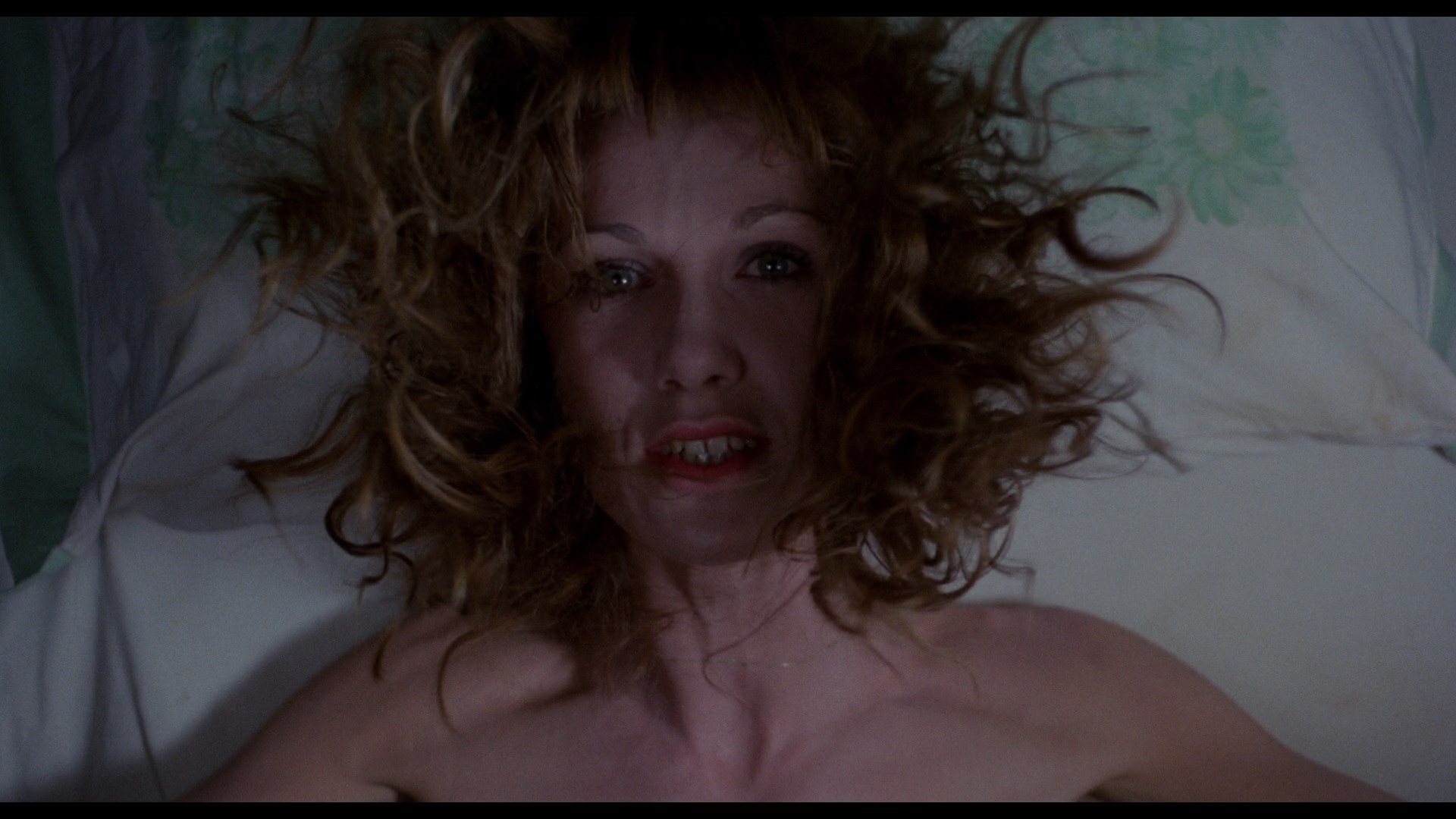 The Dark) pale in comparison to the long, surreal Italian trailer; be warned that all of these extras blow some crucial moments in the story, so be sure to watch the film
The Dark) pale in comparison to the long, surreal Italian trailer; be warned that all of these extras blow some crucial moments in the story, so be sure to watch the film 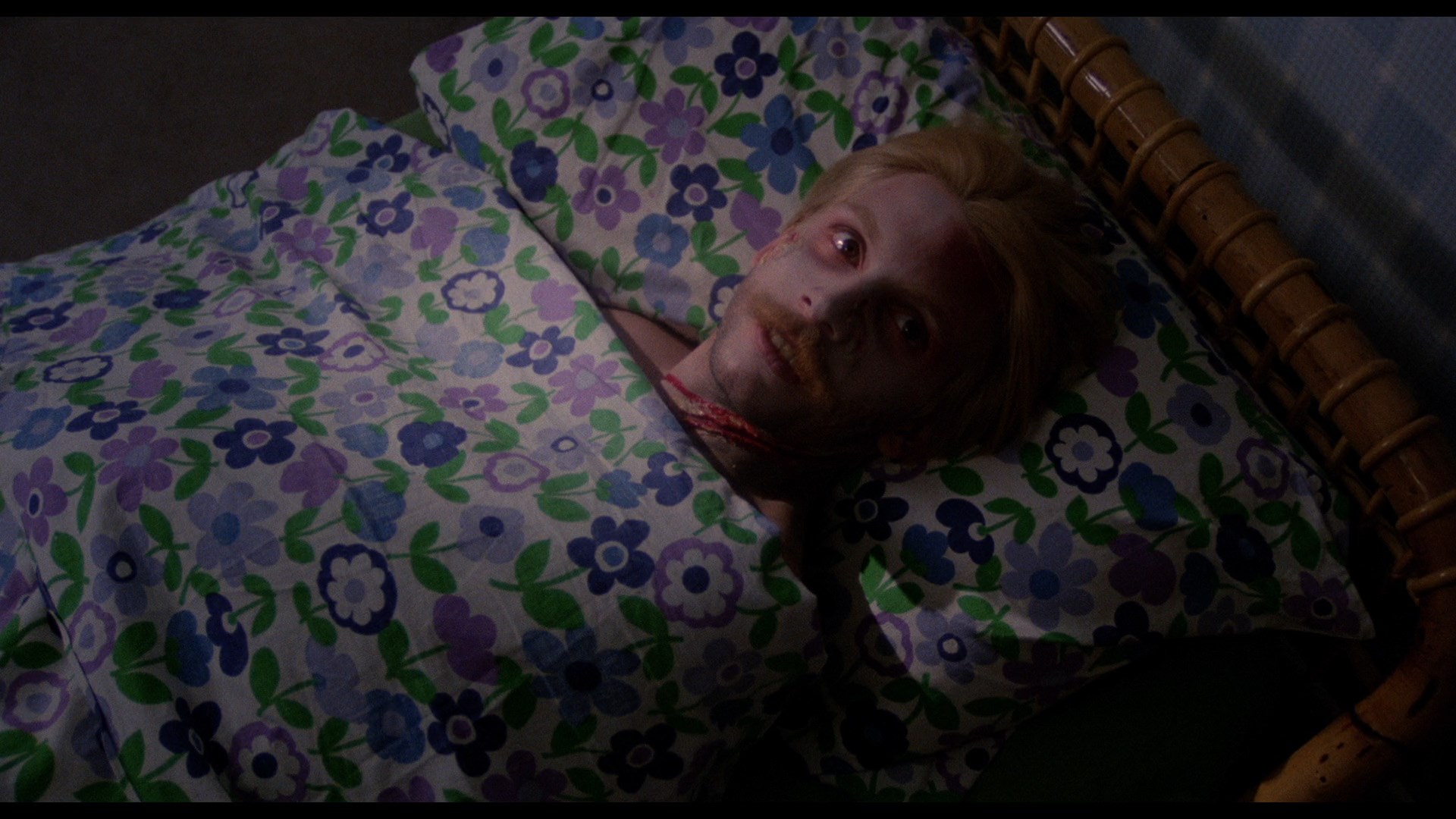 first.
first.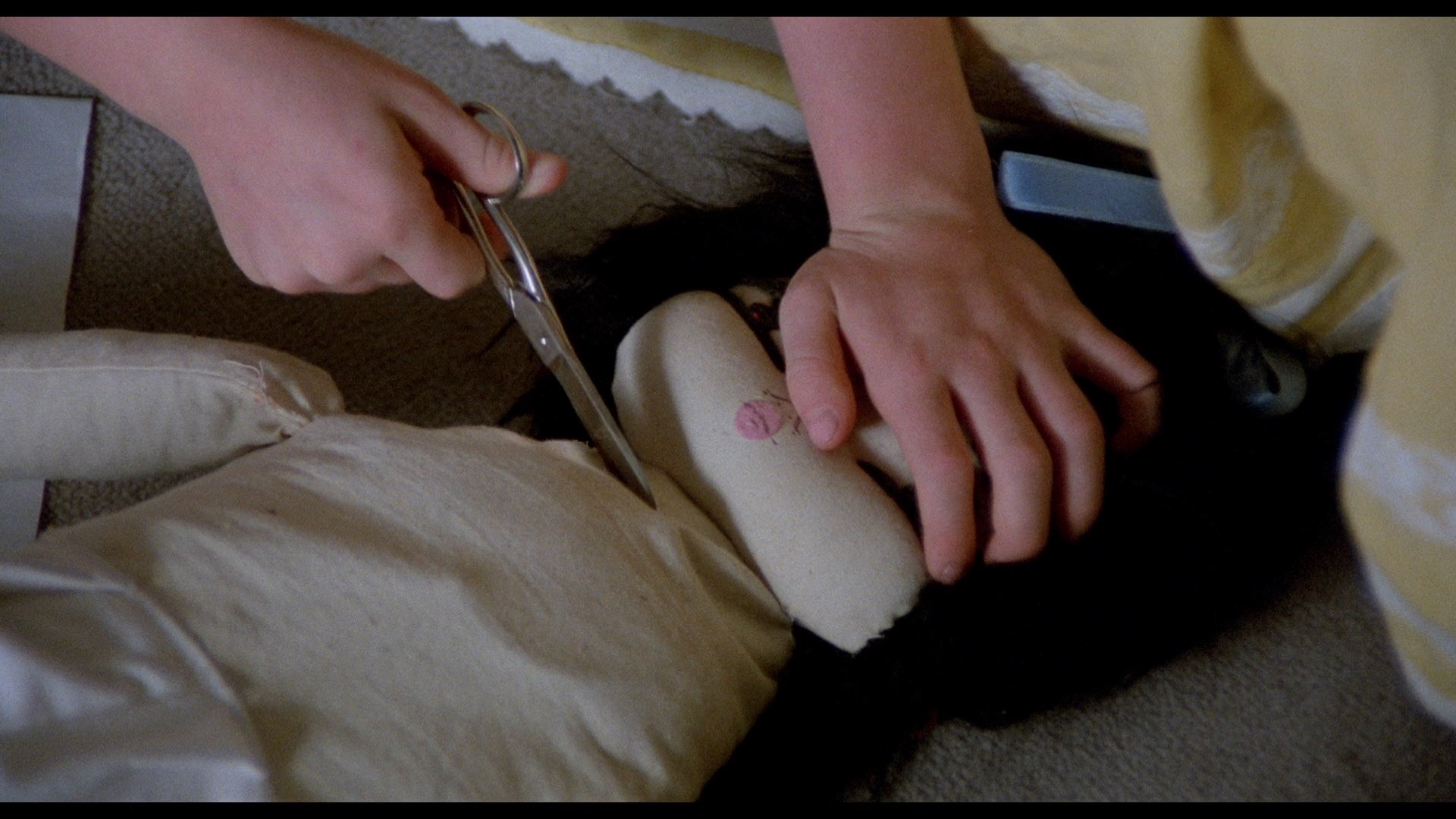 that classic jump scare, everyone's
that classic jump scare, everyone's 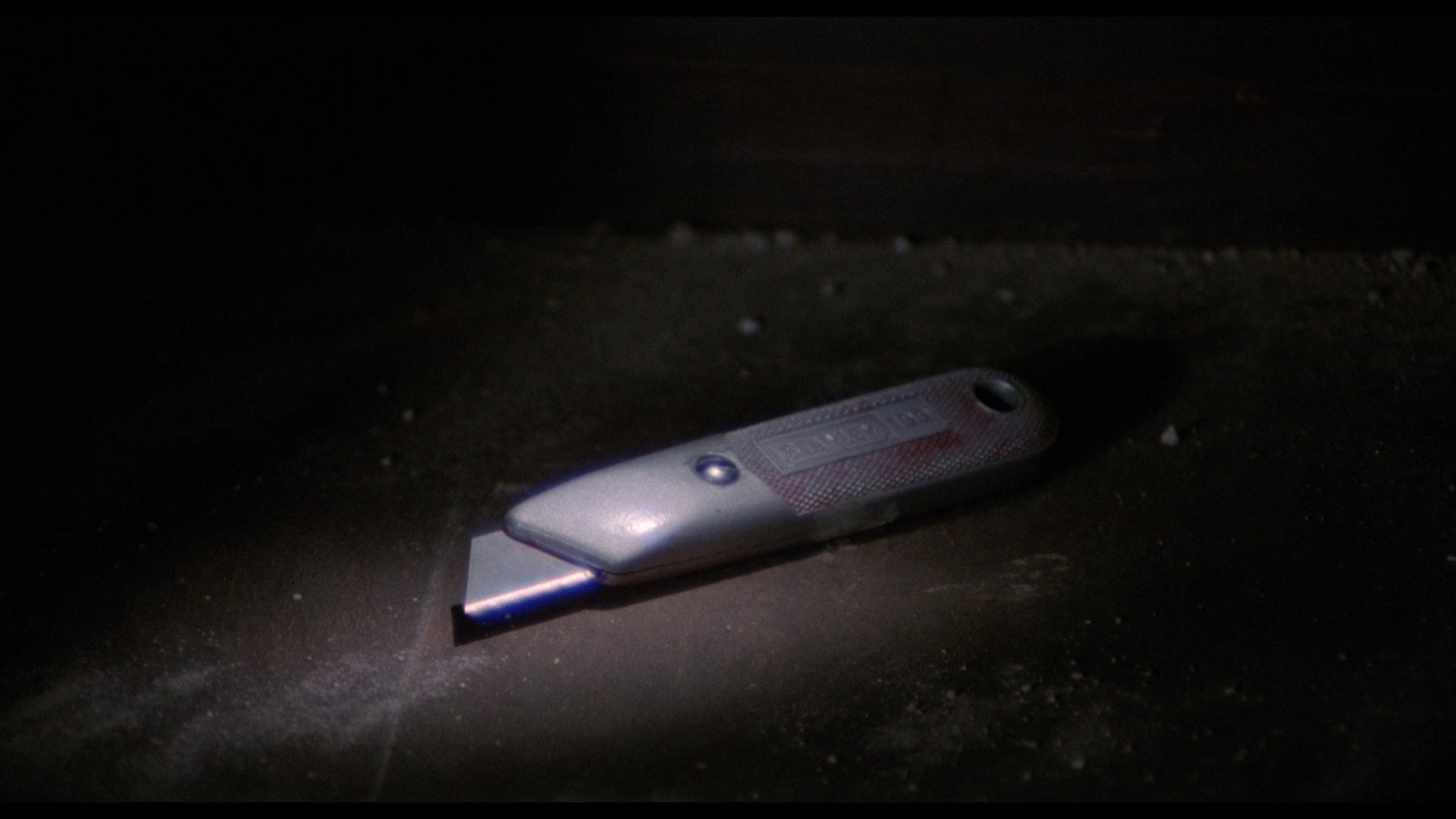 satisfaction with Nicolodi's casting (in fact, she and Lamberto worked together quite a bit after this), and his role in the directing and editing process. "Via Dell’Orologio 33" (33m48s) features Sacchetti covering the convoluted story of the script's genesis including his first encounter with Bava after a falling out with Dario Argento on The Cat o' Nine Tails (including lots of disparaging remarks about Danger: Diabolik!), the giallo rage that sidelined the project for a while, the back-to-back creation of both Bavas' The Venus of Ille with Nicolodi, and his thoughts on Lamberto Bava's subsequent career. The video essay "The Devil Pulls the Strings" (20m45s) is a new video essay by Alexandra Heller-Nicholas focuses on the role of the ornamental Hand of Buddha as a possession and puppetry entryway to what she regards as her favorite Bava film. In "Shock! Horror! The Stylistic Diversity of Mario Bava" (51m46s), Stephen Thrower studies the film as a facet of Bava's overall career with its clash between modernity and antiquity, the use of dream spaces, the move to daylight horror in the wake of Rosemary's Baby, and the state of the Italian film scene in the late '70s. Finally in "The Most Atrocious Tortur(e)" (4m12s), Alberto Farina gives a quick rundown of his interview with Daria Nicolodi and her relationship (and drawing related to) the film. Also included are the Italian trailer, five U.S. TV spots, and separate galleries for posters, the Italian fotobuste, and the Japanese souvenir program. The first pressing also comes with a collector's booklet featuring a new essay by Troy Howarth.
satisfaction with Nicolodi's casting (in fact, she and Lamberto worked together quite a bit after this), and his role in the directing and editing process. "Via Dell’Orologio 33" (33m48s) features Sacchetti covering the convoluted story of the script's genesis including his first encounter with Bava after a falling out with Dario Argento on The Cat o' Nine Tails (including lots of disparaging remarks about Danger: Diabolik!), the giallo rage that sidelined the project for a while, the back-to-back creation of both Bavas' The Venus of Ille with Nicolodi, and his thoughts on Lamberto Bava's subsequent career. The video essay "The Devil Pulls the Strings" (20m45s) is a new video essay by Alexandra Heller-Nicholas focuses on the role of the ornamental Hand of Buddha as a possession and puppetry entryway to what she regards as her favorite Bava film. In "Shock! Horror! The Stylistic Diversity of Mario Bava" (51m46s), Stephen Thrower studies the film as a facet of Bava's overall career with its clash between modernity and antiquity, the use of dream spaces, the move to daylight horror in the wake of Rosemary's Baby, and the state of the Italian film scene in the late '70s. Finally in "The Most Atrocious Tortur(e)" (4m12s), Alberto Farina gives a quick rundown of his interview with Daria Nicolodi and her relationship (and drawing related to) the film. Also included are the Italian trailer, five U.S. TV spots, and separate galleries for posters, the Italian fotobuste, and the Japanese souvenir program. The first pressing also comes with a collector's booklet featuring a new essay by Troy Howarth.Arrow Video (Blu-ray)
Anchor Bay (DVD)
![]()